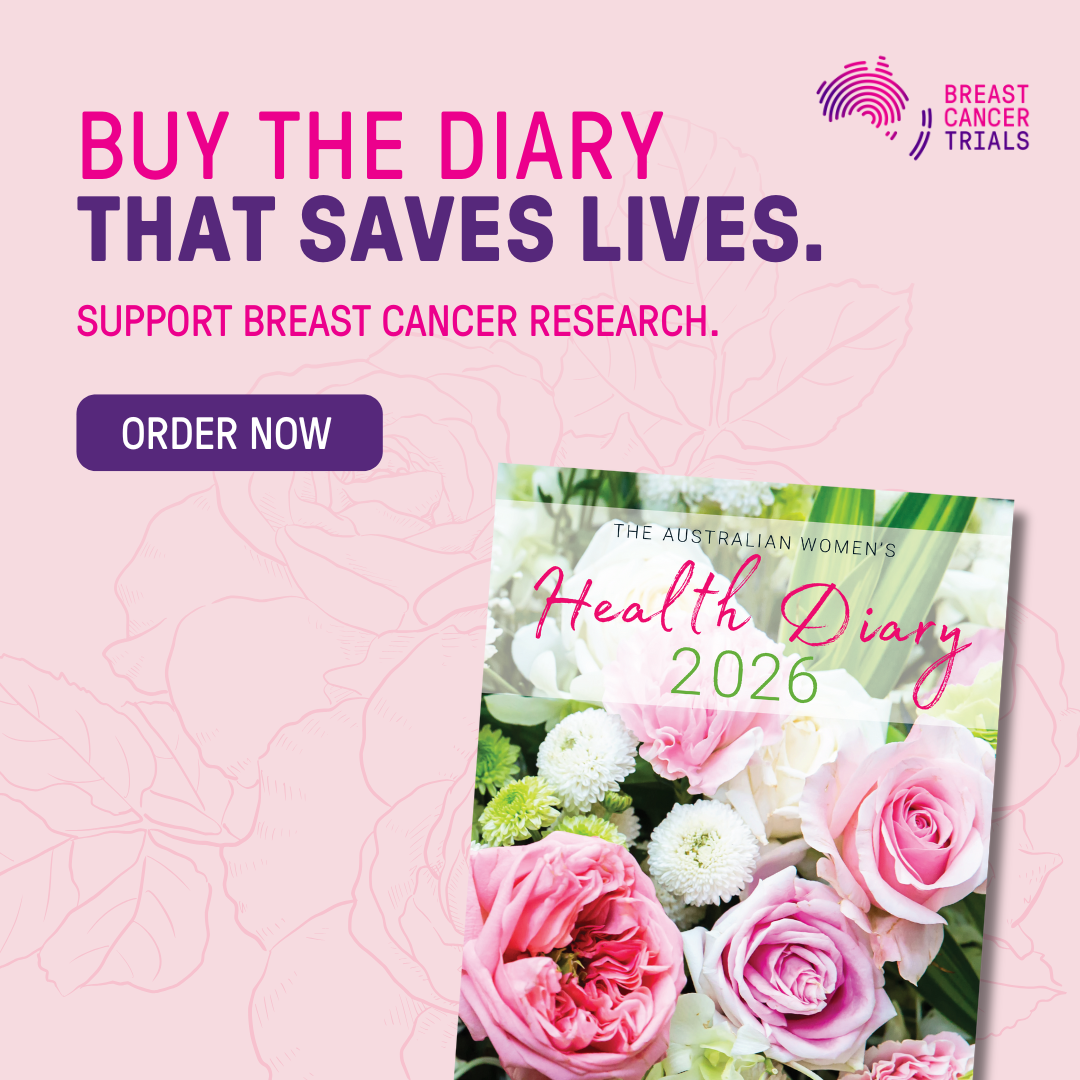Over the weekend, a column in The Sydney Morning Herald asked what we want from men who’ve caused harm. But without evidence or context, that question floats. Worse, it distracts.
The better questions are: why do we keep looking away from harms? Why are we fixated on the idea that education alone can solve wicked social problems?
The new Ten to Men study Australia’s largest longitudinal research into male health confirmed what frontline workers have long known. More than one in three Australian men have used violence in a relationship. Not allegedly. Not accused. Self-reported. Each year, 118,000 more men begin using intimate partner violence. This is not rare. It is not isolated. It is patterned and predictable. And yet the public conversation continues to fixate on reputation, redemption, and whether a man “deserves” a second chance. It’s a moot point – they will be given a second, third, fourth and fifth chance. Broad societal attitudes may have shifted but not enough for the level of nuance required for a philosophical conversation about accountability.
I’ve heard the pearl clutching narrative: ”society would collapse if all perpetrators were imprisoned” in sexual violence cases. Only two per cent nationally result in a conviction. It’s not the crisis people imagine.
A book launch isn’t accountability. A return to elite spaces isn’t rehabilitation. It’s more a salient reminder about whose lives are protected and whose aren’t.
This isn’t just a political or media problem. It’s structural. It’s in our courts, our crisis services, our underfunded child protection systems. Survivors are forced to navigate disjointed systems that rarely speak to each other. Meanwhile, perpetrators move between them seamlessly. As the Australian Law Reform Commission’s report into criminal responses to sexual violence recently found, the problem isn’t that we don’t know what to do. It’s that we haven’t done it.
Even now, as reported sexual violence hits a 31-year high while reporting rates fall, we remain focused on punitive measures alone. But as Jess Hill’s recent Quarterly Essay argues, prevention doesn’t start in the courtroom. It starts in childhood homes, in trauma-informed classrooms, in culturally grounded healing spaces that address not just behaviour but belief.
Is there a potential mismatch between our theory of prevention and the lived complexity of violence? We have focused funding on shifting population-level attitudes, this work is important. But need o work in tandem with grassroots interpersonal approaches also. As Hill, Kelsey Hegarty, and others have warned, attitude doesn’t always drive behaviour. Especially in the presence of trauma, addiction, and alienation. Especially when one in four young Australian men now say they admire manosphere influencers.
If we’re serious about prevention, we need a broader, deeper, more responsive approach. That means:
- Early intervention with children and adolescents who have been exposed to violence.
- Peer-led, culturally grounded programs that meet men where they are.
- Properly resourced restorative justice pathways for survivors who seek acknowledgement over incarceration.
- An integrated response system that doesn’t ask survivors to carry the burden of coordination.
We also need to stop softening the language. Rape is not misconduct. Child sexual abuse is not a moral lapse. These harms are systemic abuses of power, and they require systemic responses and examinations of our own bias and emotional blind spots towards these crimes.
The Australian Law Reform Commission, ANROWS, and frontline advocates have outlined what works: shared data, trauma-informed systems, coordinated legal and therapeutic pathways. We don’t need more reports. We need investment and implementation.
If we want to end gender-based violence in a generation, jailing perpetrators alone doesn’t change what’s upstream: the silence, the shame, the systems that close ranks.
Ending violence takes bipartisan political courage to legislate for safety, to fund what works, and to stop giving perpetrators a path back to power while survivors are left carrying the cost.
The data is in. The reforms are written. The stories have been told. Now it’s time to act like we believe them.
Become a Women’s Agenda Foundation member and support our work! We are 100% independent and women-owned. Every day, we cover the news from a women’s perspective, advocating for women’s safety, economic security, health and opportunities. Foundation memberships are currently just $5 a month.
Bonus: you’ll receive our weekly editor’s wrap of the key stories to know every Saturday.


